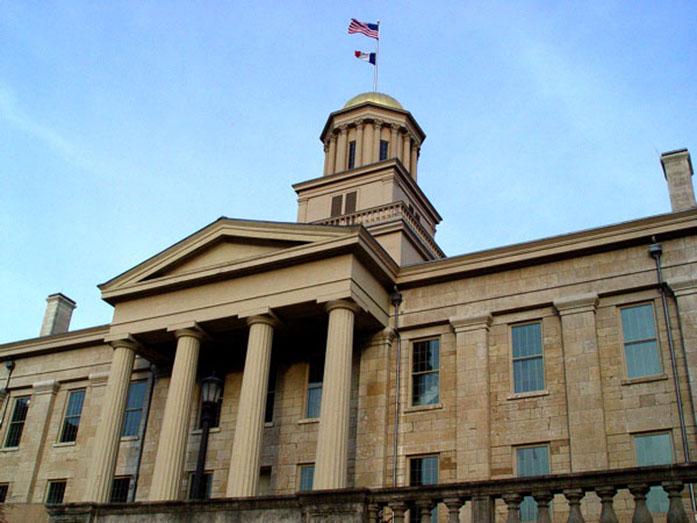The total amount of money owed because of student loans is at an all-time high in the United States. Burdened college students across the nation view the debt as a source of constant anxiety, sitting like a coal at the nape of the neck. People ought to avoid loans, but in most cases, they are unavoidable. And, with the promise of dream jobs waiting like relics at the end of the college road, how can one blame the naïve, starry-eyed high-school graduate for filling out that FAFSA for the first time?
Should higher education function with a mindset of a for-profit business? Probably not, if one were to apply those flowery, idealist worldviews taught in liberal-arts classes. But, as we learned with simple supply and demand curves in Econ 101, someone will always sell what people continue to buy.
RELATED: Should the Supreme Court nominating process be changed?
Yet the job-barren-reality for millennials in this conveniently outsource-able digital age leaves some struggling with their monumental debt. The average debt for college graduates here in Iowa was around $30,000, which was the eighth-highest student-debt ratio in the country, according to data collected by CollegeInSight. However, the national average is a bit higher, with students carrying an average debt of $35,000, according to analysis of government data by Edvisors.
The consequences resulting from the student-debt situation have escalated in the state of Texas. On Tuesday, The Guardian reported an instance in which seven armed U.S. marshals knocked on the front door of an individual with a mere $1,500 student-loan debt, arrested him, then brought him, shackled, in front of a judge.
Now, when confronted with such extremes, seems to be the perfect time to ask the question: Is the current model of American higher-education even sustainable?
To The Daily Iowan Editorial Board, it’s becoming evident that it’s not. The idea of presenting the next generation of the educated American workforce shackled with student loans seems to be a less than ideal economic situation for the nation in whole.
In 2012, student loans hit the $1 trillion mark, according to Time. That is a terrifying amount of money working both against the American economy, and the American individual affect by student loans.
Though the thought of (relatively) low interest federal loans to individuals who otherwise would be unable to afford college seems to be a rosy endeavor, the reality remains that tuition has spiked, the loans just get heftier, and administration salaries have sky rocketed.
There are a number of solutions that we need to explore. Perhaps college tuition could be regulated, as favored by Democratic presidential candidate Sen. Bernie Sanders, I-Vt. Debt forgiveness could be considered as an option, or realistic payment plans be instituted, as advanced by presidential candidate Hillary Clinton. Some Republican presidential candidates have advanced their own plans to tackle student-loan debt, mainly through proposed market solutions. Regardless of the method, we must find a way to solve the student-loan crisis that doesn’t involve U.S. marshals and automatic rifles.



